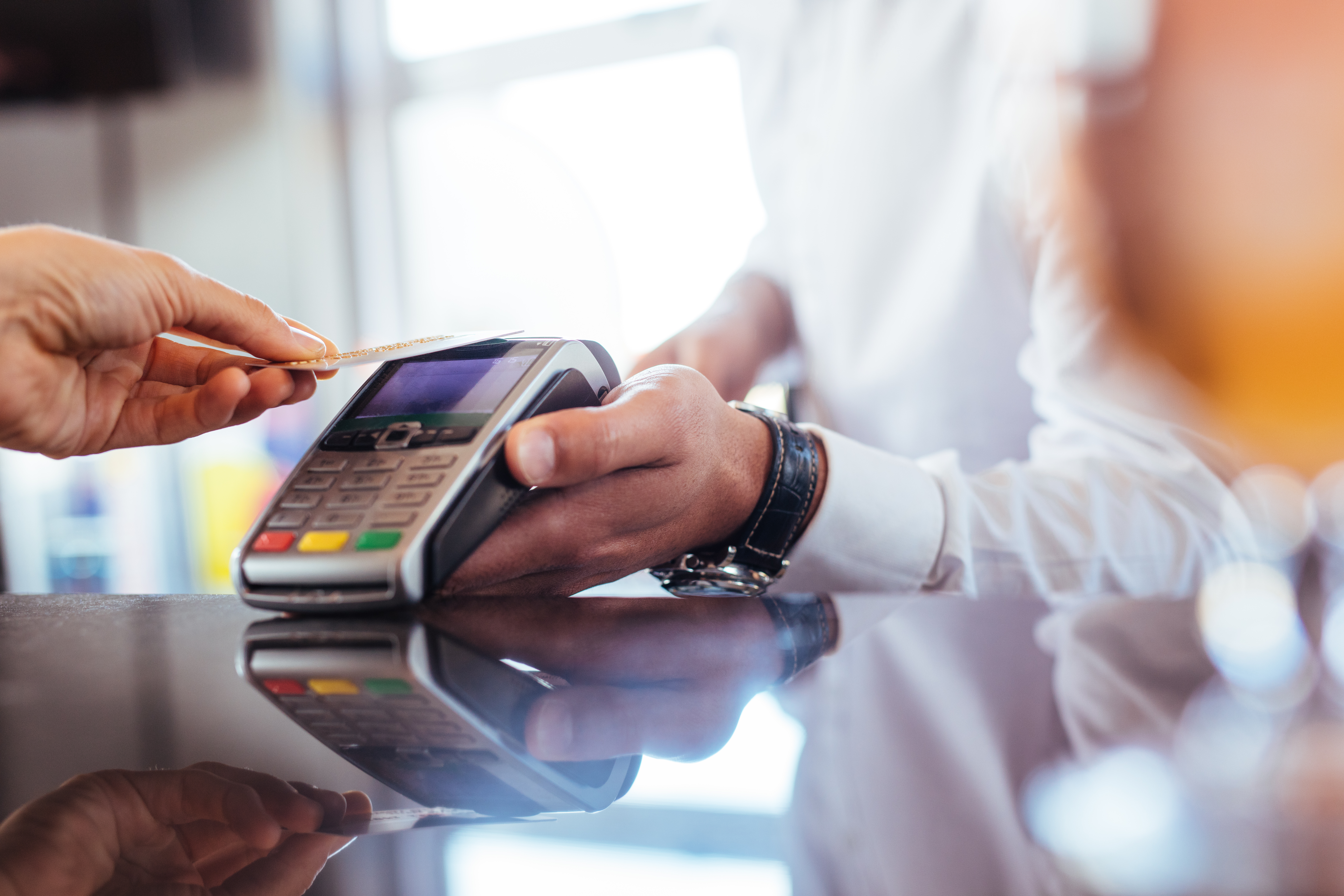Credit Card Debt Is Making A Comeback

US consumers continue to feel the impact of the current economic climate, leaning again on credit cards—as many did in the early days of the pandemic—to help cover daily expenses like food, gas, and other staples.
The Federal Reserve Bank of New York says credit card debt is rising at its fastest clip in over two decades.
It’s rapidly approaching the all-time record set in the fourth quarter of 2019.
Overall, Americans owe $930 billion on their credit cards, a 15 percent increase from a year ago.
*** SPECIAL NOTE *** – If your credit cards, personal loans, or medical debts have become unmanageable and you owe over $20,000… then go here for debt relief. We can help!
According to a recent report by CreditCards.com, 60 percent of credit-card debtors admit to having been in credit card debt for at least a year, up from 50 percent a year ago.
Young People, Borrowers with Lower Income Adding Debt
Young people and those in the lowest income brackets are more likely to carry a balance to cover daily expenses such as utilities, groceries, or child care than older generations.
This can be attributed to their increased wealth compared to younger generations.
Credit utilization (the ratio of how much available credit you’ve used as a percentage of your credit limit) has been rising since early 2021.
Households with less than $50k in annual income have roughly a 28 percent credit utilization ratio, compared to around 23 percent for households with an income higher than $125k. For them, credit isn’t just about additional debt but also serves as a necessary spending vehicle.
Economists worry that if economic conditions sour, unsecured debt held by subprime borrowers could quickly become unmanageable, especially since these borrowers pay higher interest rates and typically earn less than prime borrowers.
There’s A Significant Increase In New Credit Card Issuance
Despite increasing interest rates and fears that a recession is on the horizon, borrowers are both opening new cards and charging more on the ones they already have.
Back in August 2022, the Federal Reserve Bank of NY said that in the second quarter, total household debt grew by $312B to a total of $16.15T.
Credit cards were a big part of that growth: 233 million new credit accounts were opened in that quarter, the largest increase since 2008. Of the new debt accumulated during that quarter, $46 billion was credit card debt.
Credit bureau TransUnion found that 161.6 million people in the US — almost half of the total population — had at least one credit card in the second quarter, an increase from 153.3 million in 2021. In that same time frame, the median debt per borrower jumped from $4,817 to $5,270.
So, what could be causing this credit card craze? When the economy reopened and Americans returned to work, credit-card issuers wooed people to borrow again. Most loosened underwriting standards, making getting cards easier for those with lower credit scores. They also enticed consumers with airline points, cash back, and other incentives.
Why It’s ‘Harder Than Ever’ To Eliminate Credit Card Debt
Decades-high inflation has taken a toll on the precarious finances of many American households. Many are firing up their credit cards to get by as inflation, which has far overtaken wage growth, saps their buying power.
About a quarter of respondents in the Creditcards.com poll cite day-to-day expenses as the primary reason they carry a balance.
Necessities have gone up in cost much faster than average earnings. If the same goods they’ve always been consuming suddenly are more expensive, consumers may turn to credit to help with the short-term funding of those purchases.
Almost half of the 1,824 cardholders surveyed attributed their balance to an emergency expense, including a car/home repair, job loss, or medical bill.
Rising interest rates are certainly not helping credit card holders. It makes borrowing more expensive.
According to Bankrate, the average annual percentage rate (APR) on new credit cards, at 19.14 percent, is at its highest level in three decades and will probably continue rising.
So, What’s The Best Way To Break The Credit Card Cycle?
By taking on more debt, what you’re doing is borrowing future income.
At Americor, we understand the unique financial challenges people are facing today.
As America’s trusted source for debt relief solutions, we aim to empower you with financial knowledge that can lead to informed decisions, whether it’s about savings, investments, or managing debt.
If your debt has become unmanageable and you have difficulty making your debt payments each month, then you should consider a FREE consultation call with one of our certified Debt Consultants, who can provide personalized debt relief advice tailored to your specific needs.
By taking proactive steps today, you can put an end to your financial stress and work towards a brighter financial future.
Remember, there is always hope for debt relief, and our team of experienced professionals are ready to guide you on your journey to regaining control of your finances.
For more information on Americor’s debt relief services, contact us today to see how we can help you eliminate your debts, and get on the fast-track to becoming completely debt-free!